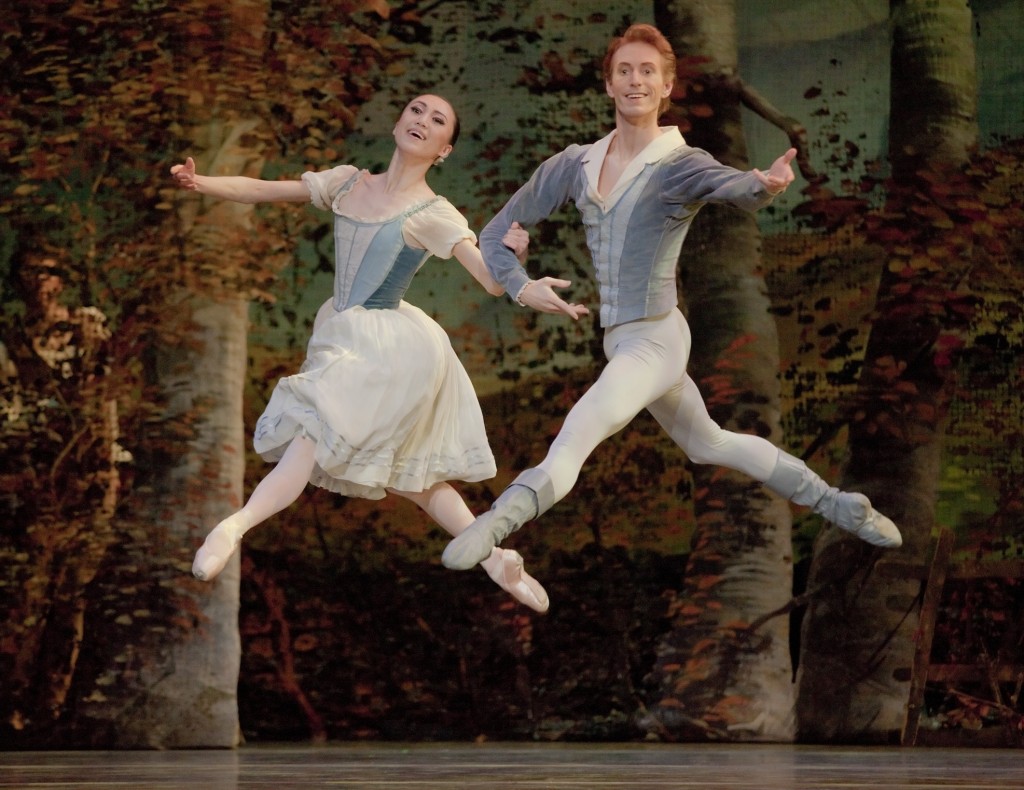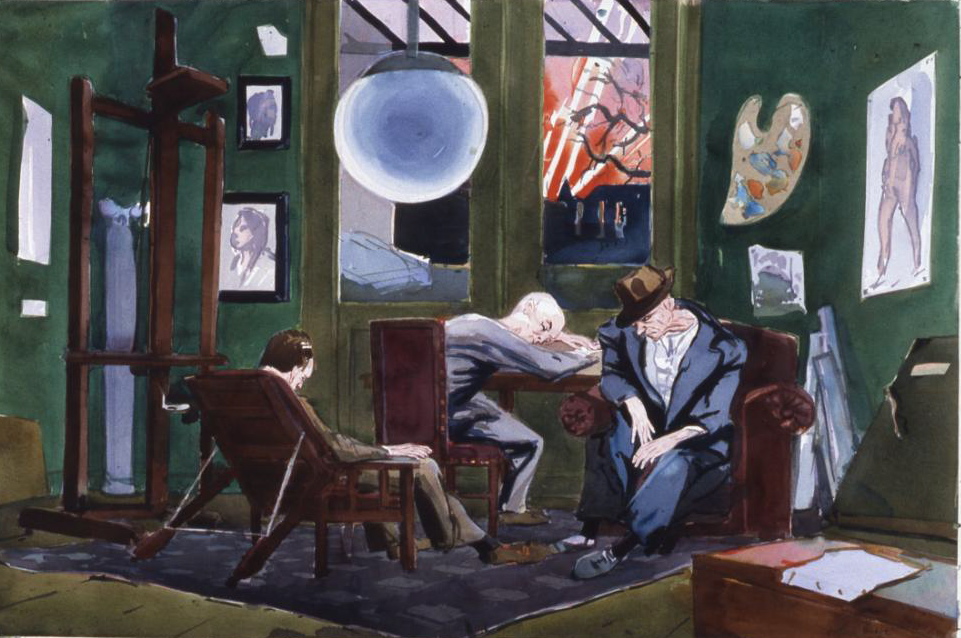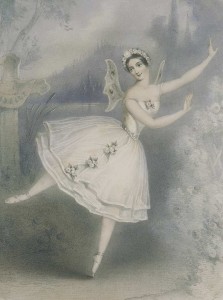“We could do with a regiment of Wilis to haunt the halls of Congress,” Martha Ullman West declares, and then she tells us why. Art Scatter’s chief correspondent, who reviewed Oregon Ballet Theatre‘s current production of “Giselle” here for The Oregonian, expands on her ideas for us, moving the conversation into the twilight territory between arts and politics.

By Martha Ullman West
With no apologies whatsoever to PICA and its annual TBA festival, Giselle is a sterling example of time-based art.
The creators of this collaborative piece from 1841 – composer Adolphe Adam, choreographers Jean Coralli and Jules Perrot, and librettists Vernoy de Saint Georges and Theophile Gautier – were seasoned, rather than young, creatives.
Coralli and Perrot were making some distinct innovations in ballet technique, particularly pointe work, which gave new prominence and independence to ballerinas. You can see this particularly in Act II, where the women balance in unsupported arabesques. And the librettists were expressing, or reflecting, some political ideas just seven years before Karl Marx (who came from the Rhineland, in which the ballet is set) issued the Communist Manifesto.
So the ballet is at once time-based and timeless, a great work of art, providing a cathartic experience in the theater as well as much food for thought. Oregon Ballet Theatre’s new production (staged by Lola de Avila, and repeating this weekend) looks distinctly old, but because of the commitment and talents of the dancers, it speaks to our concerns as well as our hearts.
Think about the libretto. The class divide (or “war,” to use Republican hyperbole, and which our president isn’t causing) drives the plot.


 But no one seems quite as oddball, or as eerily sympathetic and nasty at the same time, as the
But no one seems quite as oddball, or as eerily sympathetic and nasty at the same time, as the